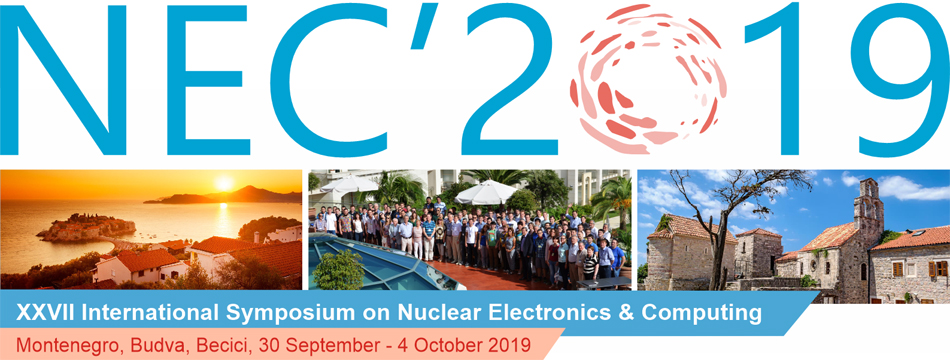Speaker
Dr
LIGANG XIA
(UNIVERSITY OF WARWICK)
Description
The ATLAS experiment aims at recording about 1 kHz of physics collisions, starting with an LHC design bunch crossing rate of 40 MHz. To reduce the significant background rate while maintaining a high selection efficiency for rare physics events (such as beyond the Standard Model physics), a two-level trigger system is used.
Events are selected based on physics signatures such as the presence of energetic leptons, photons, jets or large missing energy. The trigger system exploits topological information, as well as multivariate methods to carry out the necessary physics filtering for the many analyses that are pursued by the ATLAS community. In total, the ATLAS online selection consists of around 1500 individual triggers. A Trigger Menu is the compilation of these triggers, it specifies the physics selection algorithms to be used during data taking, and the rate and bandwidth a given trigger is allocated. Trigger menus must reflect the physics goals for a given run, and also must take into consideration the instantaneous luminosity of the LHC and limitations from the ATLAS detector readout and offline processing farm. For the 2017-2018 run, the ATLAS trigger has been enhanced to be able to handle higher instantaneous luminosities and to ensure the selection robustness against higher average multiple interactions per bunch crossing.
We will describe the design criteria for the trigger menu for Run 2. We discuss several aspects of the process of planning the trigger menu, starting from how ATLAS physics goals and the need for detector performance measurements enter the menu design, and how rate, bandwidth, and CPU constraints are folded in during the compilation of the menu. We present the tools that allow us to predict and optimize the trigger rates and CPU consumption for the anticipated LHC luminosities. We outline the online system that we implemented to monitor deviations from the individual trigger target rates, and to quickly react to the changing LHC conditions and data taking scenarios. Finally, we give an overview of the 2015-2018 Trigger Menu and performance, allowing the audience to get a taste of the broad physics program that the trigger is supporting.
Author
Dr
LIGANG XIA
(UNIVERSITY OF WARWICK)

